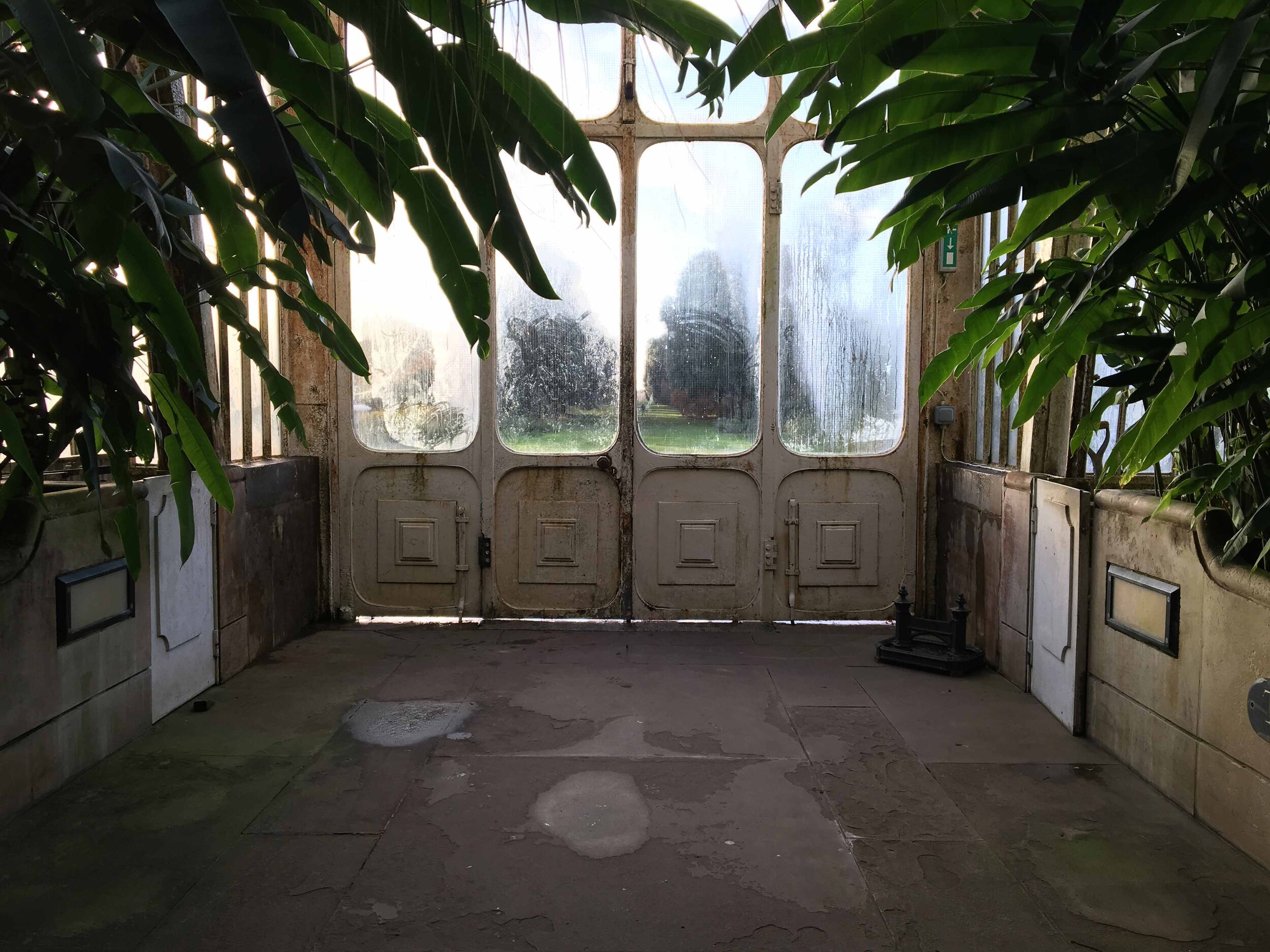
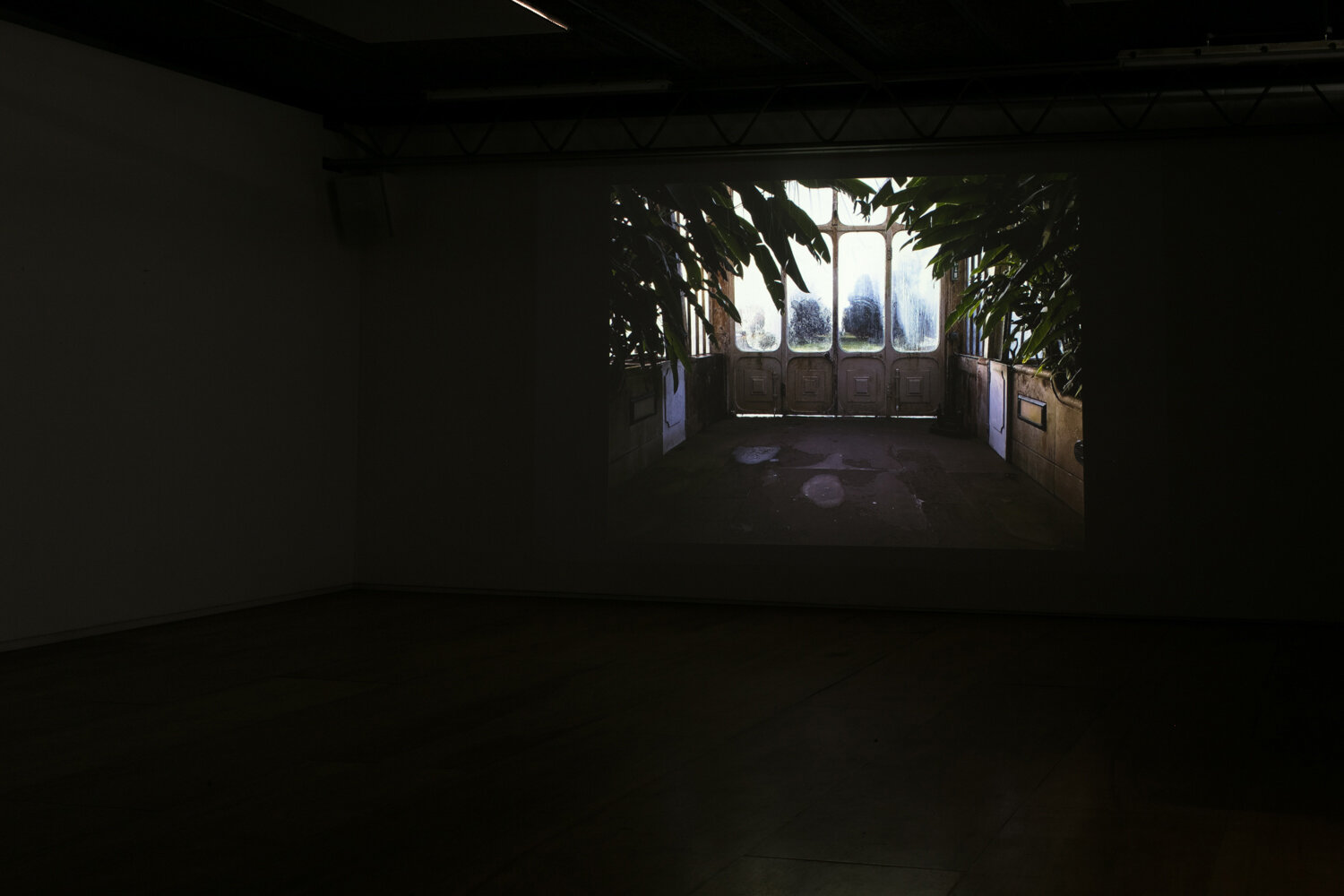
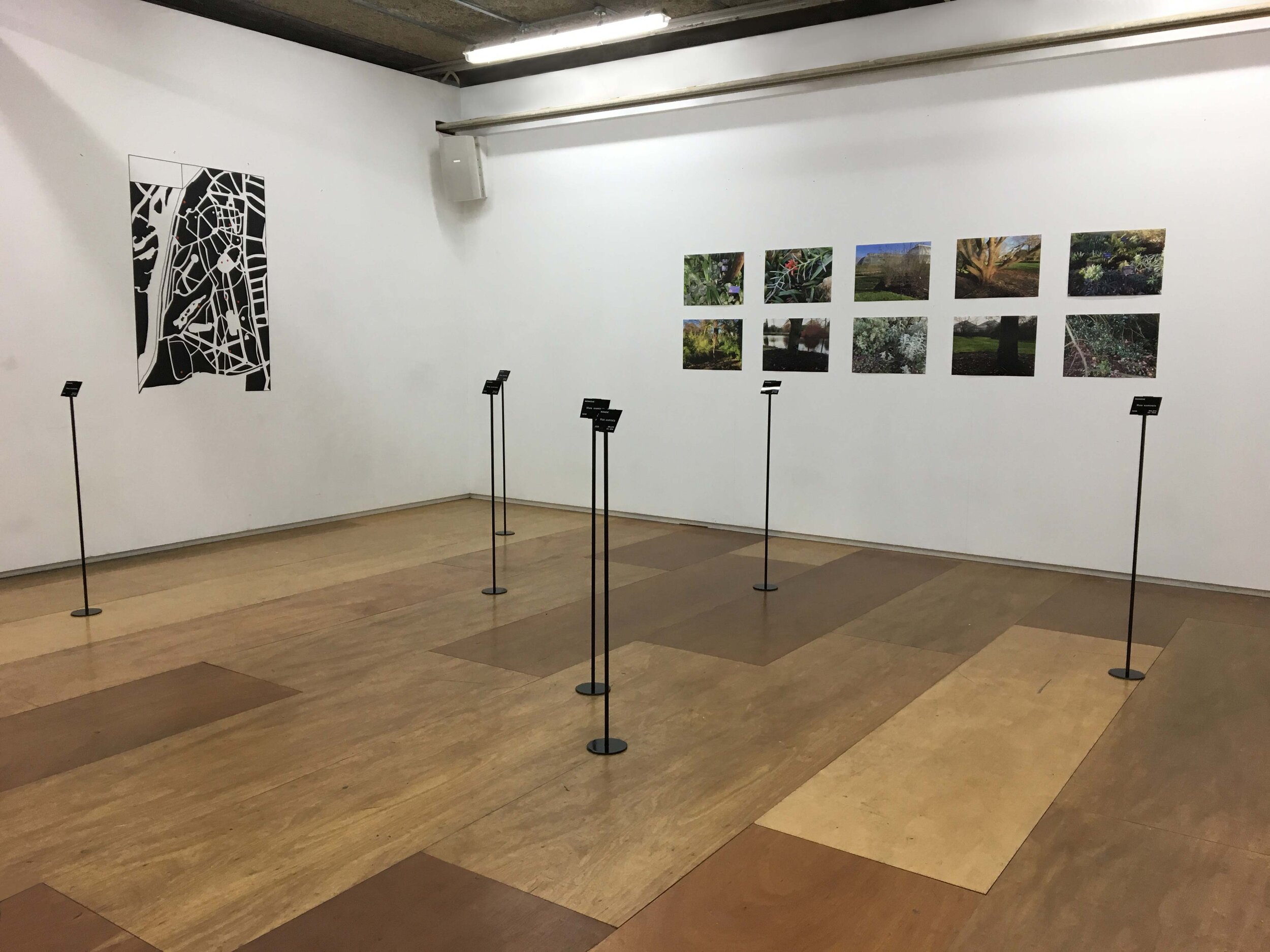
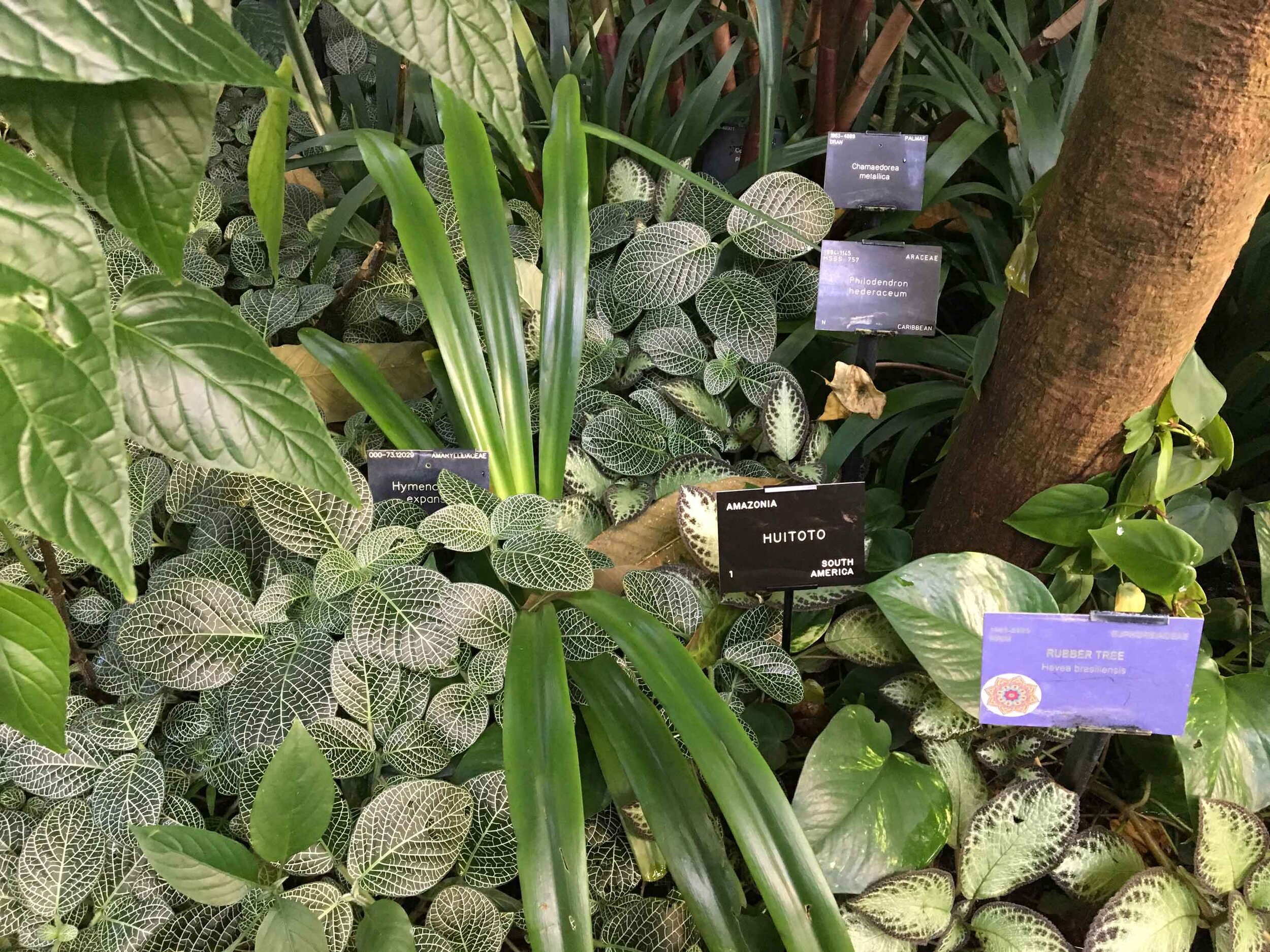
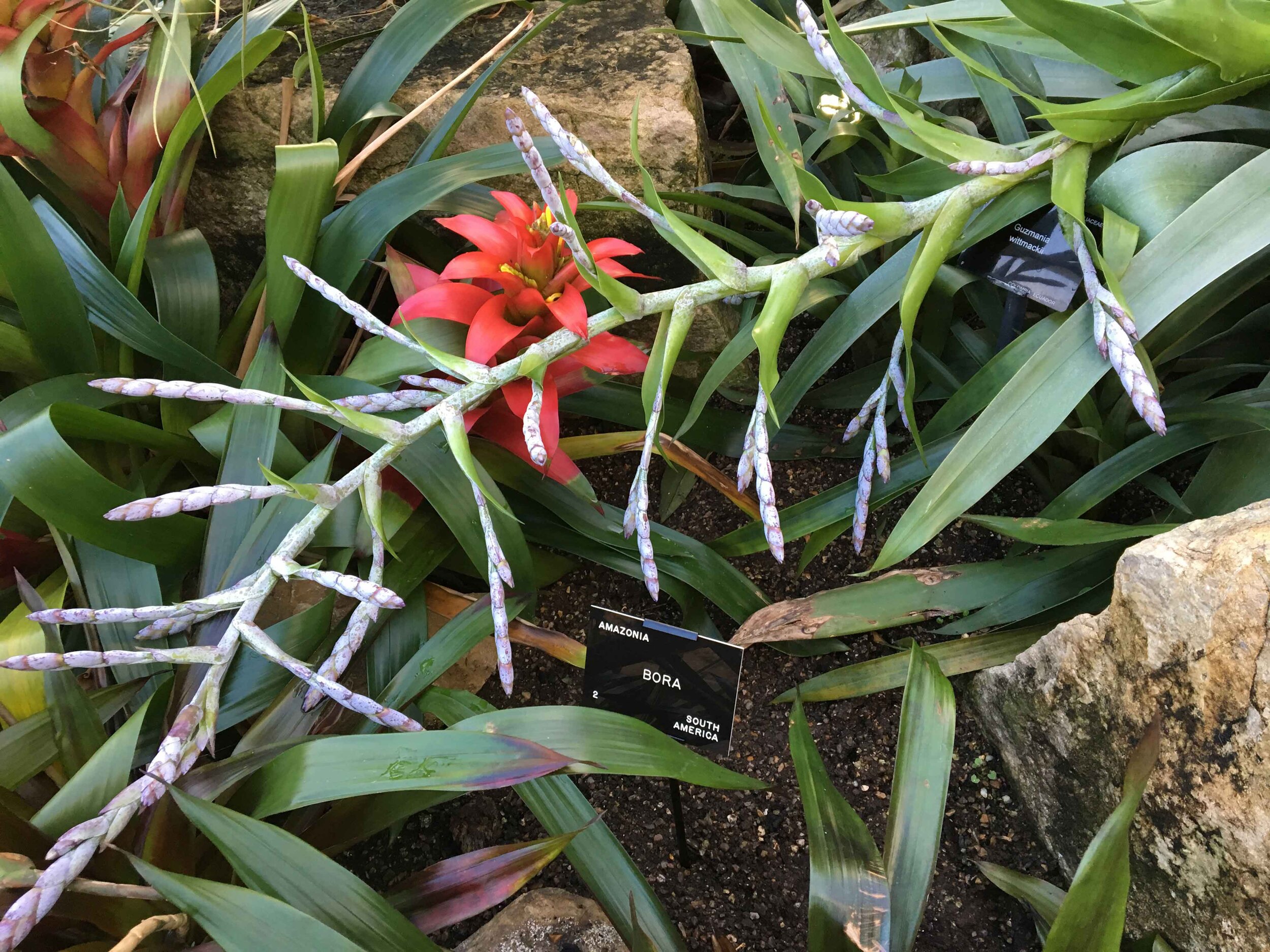
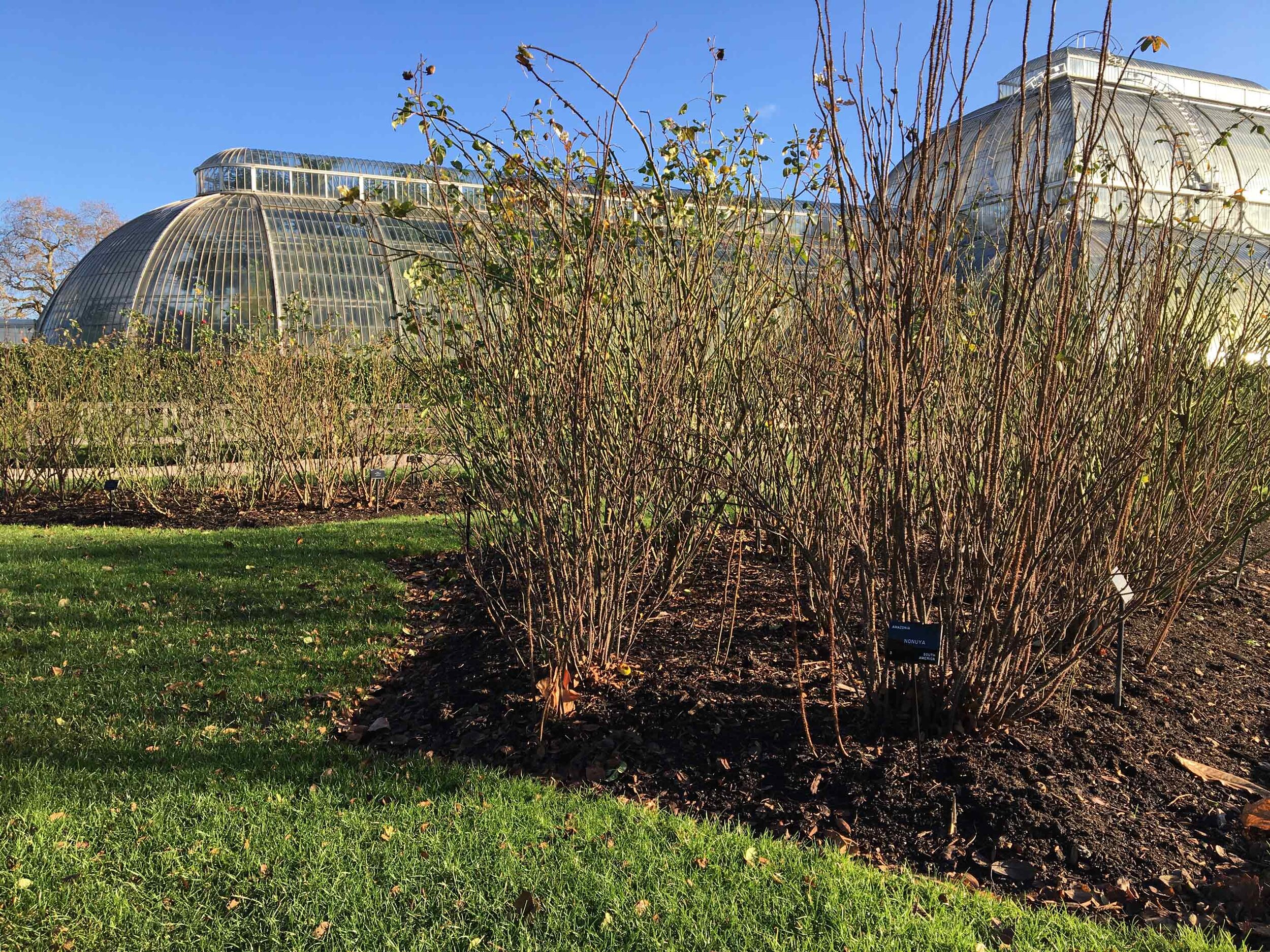
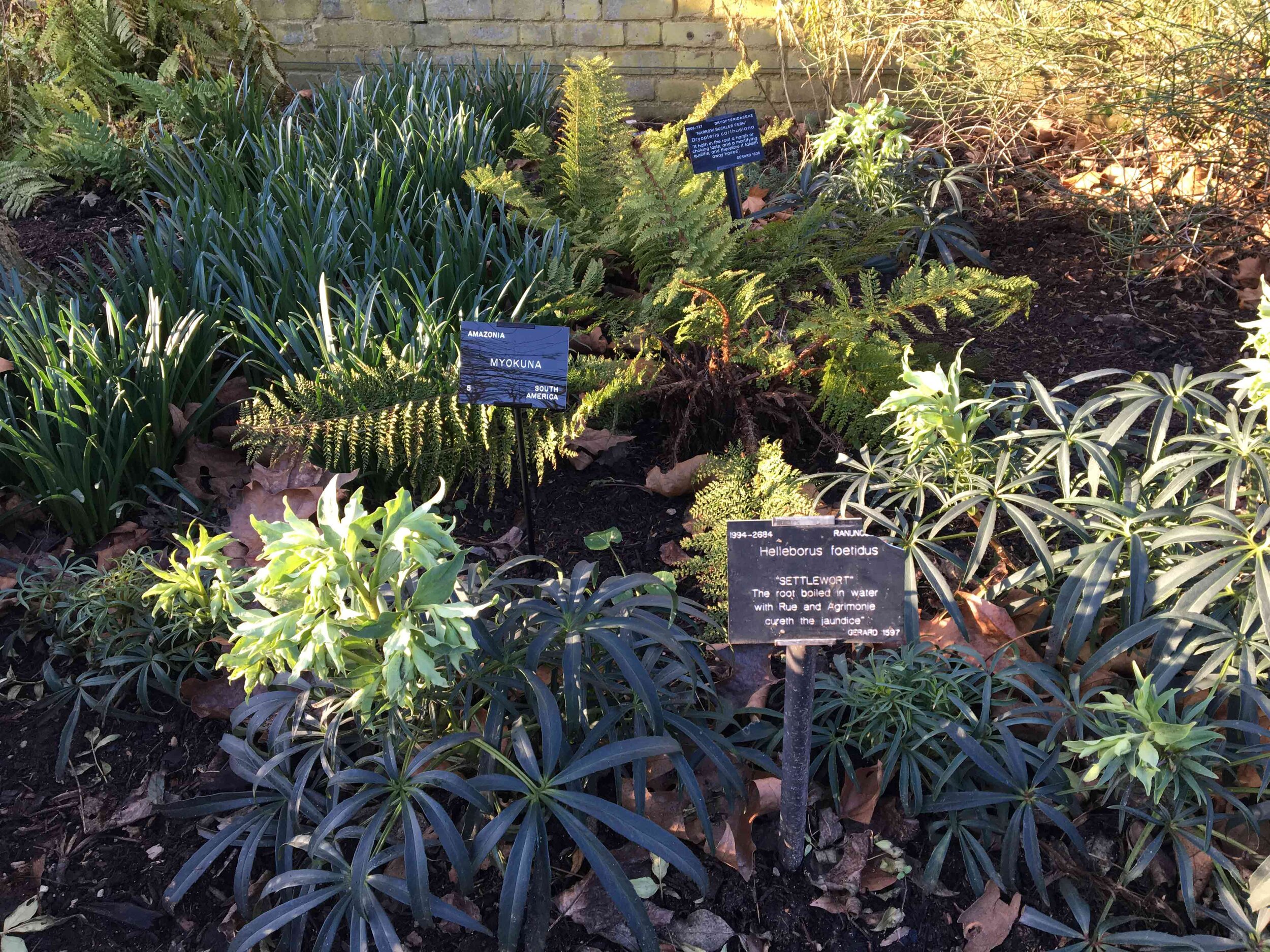

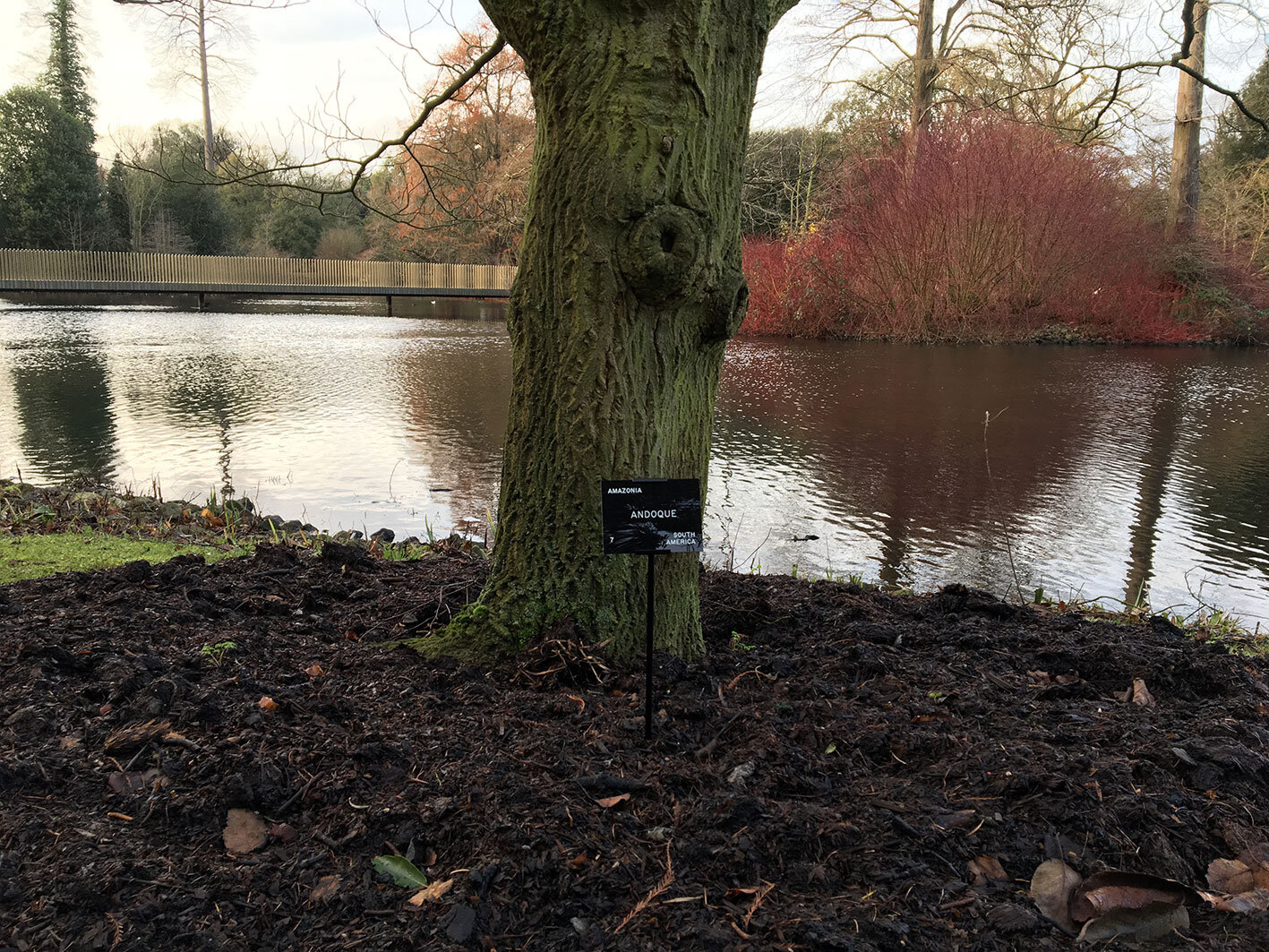
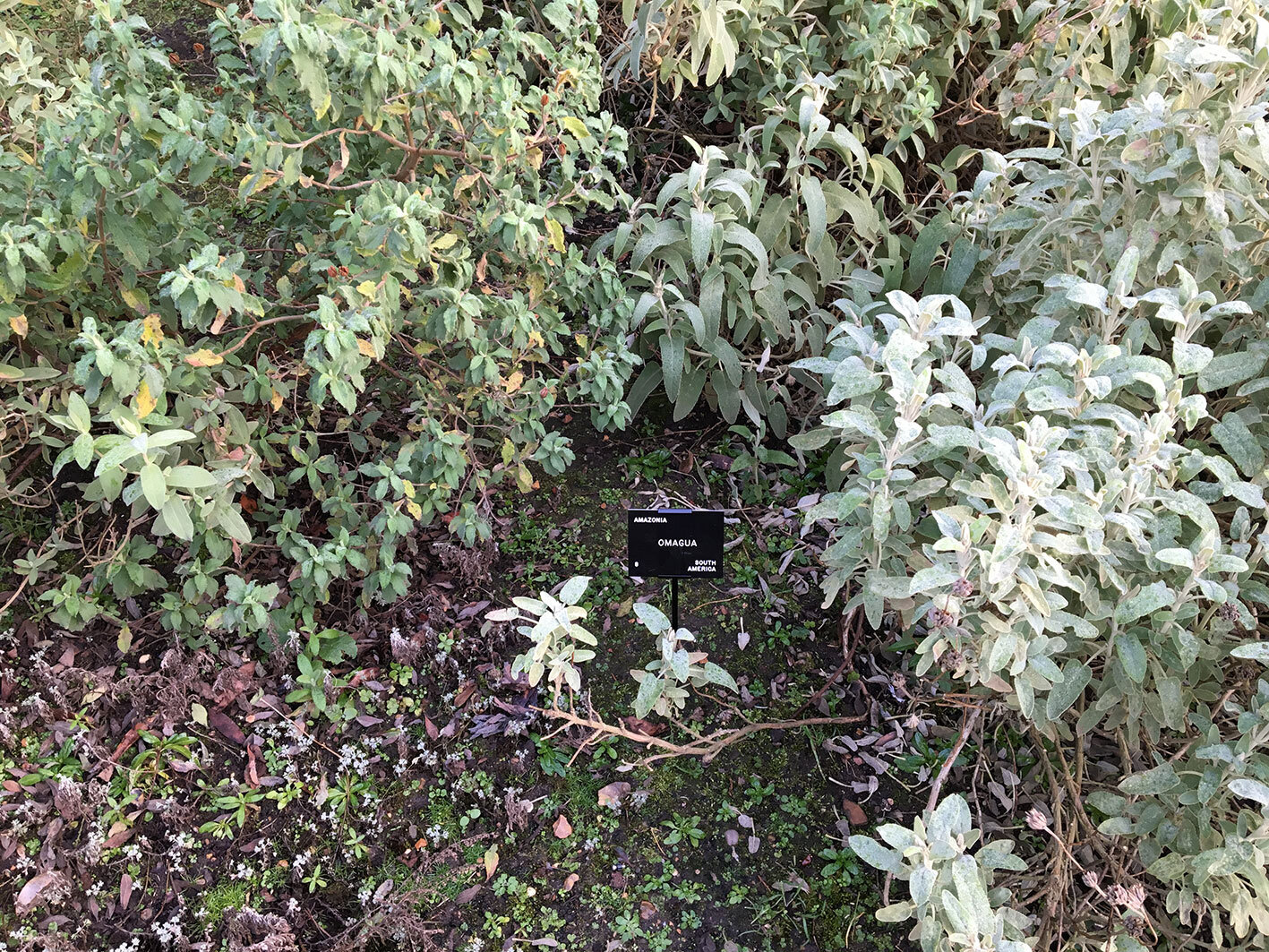
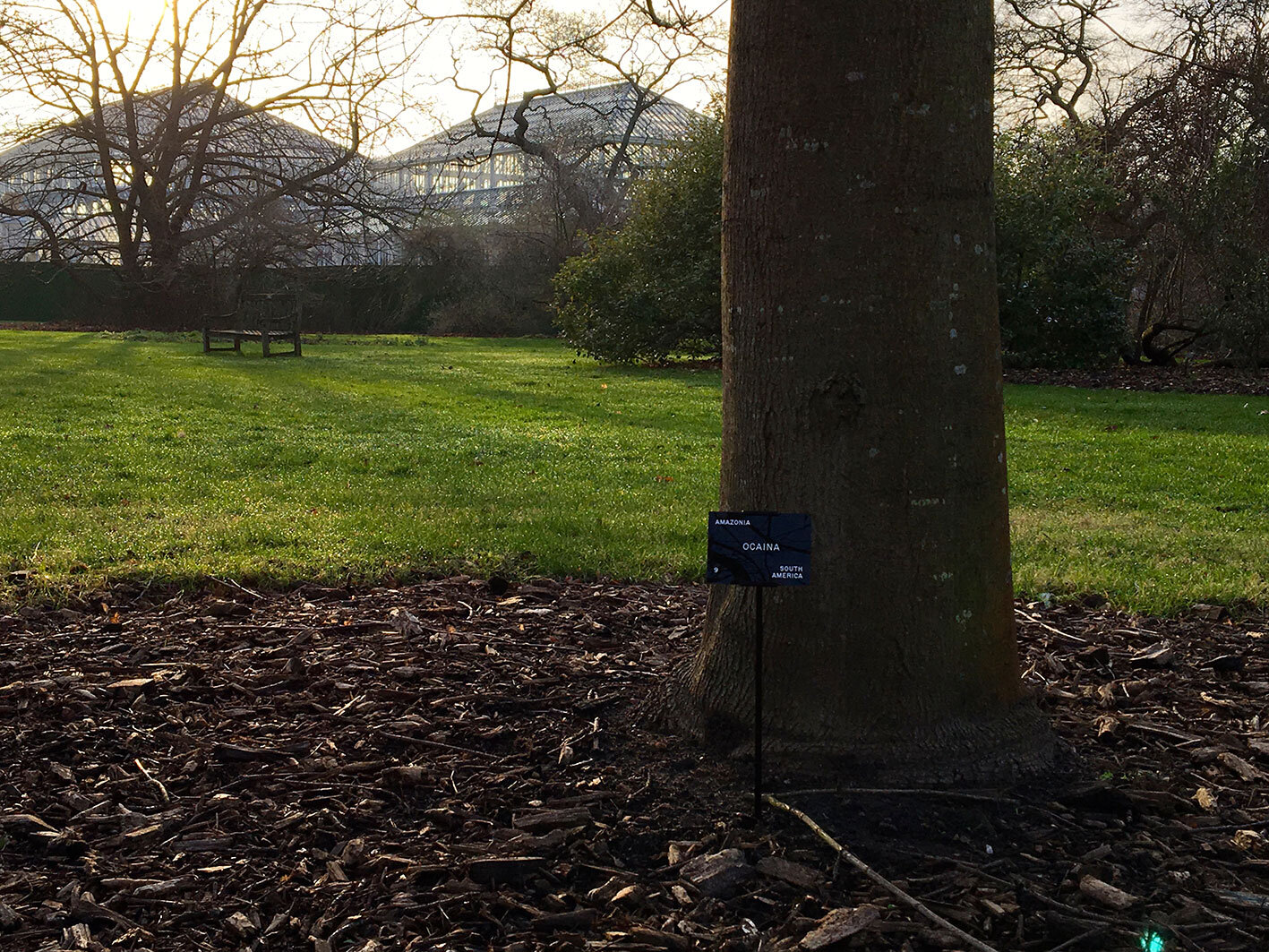
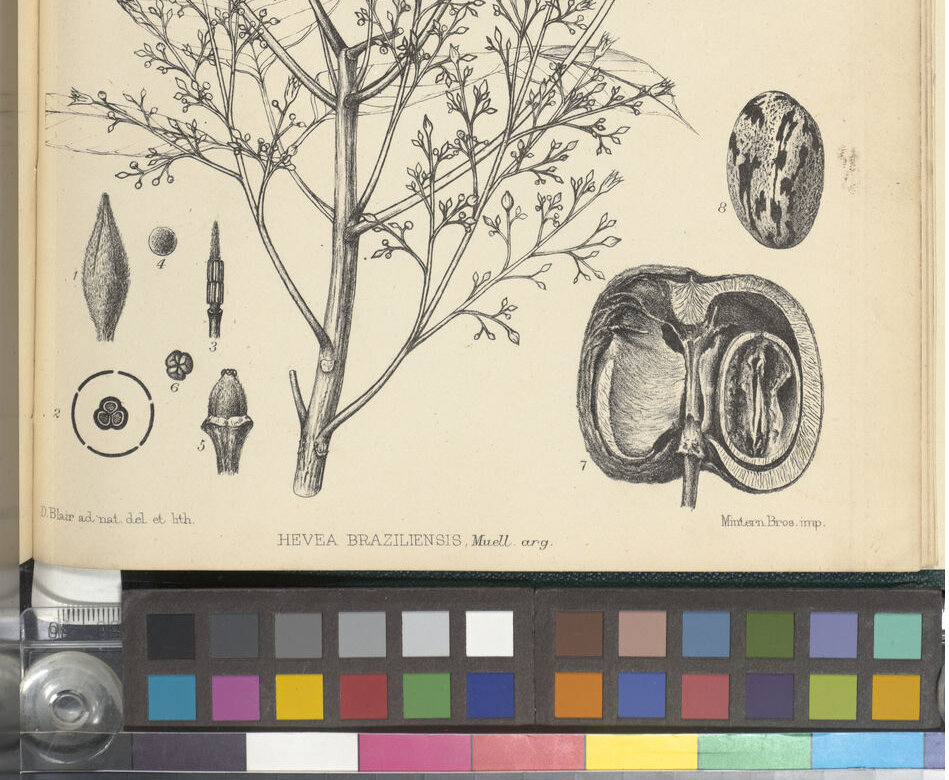
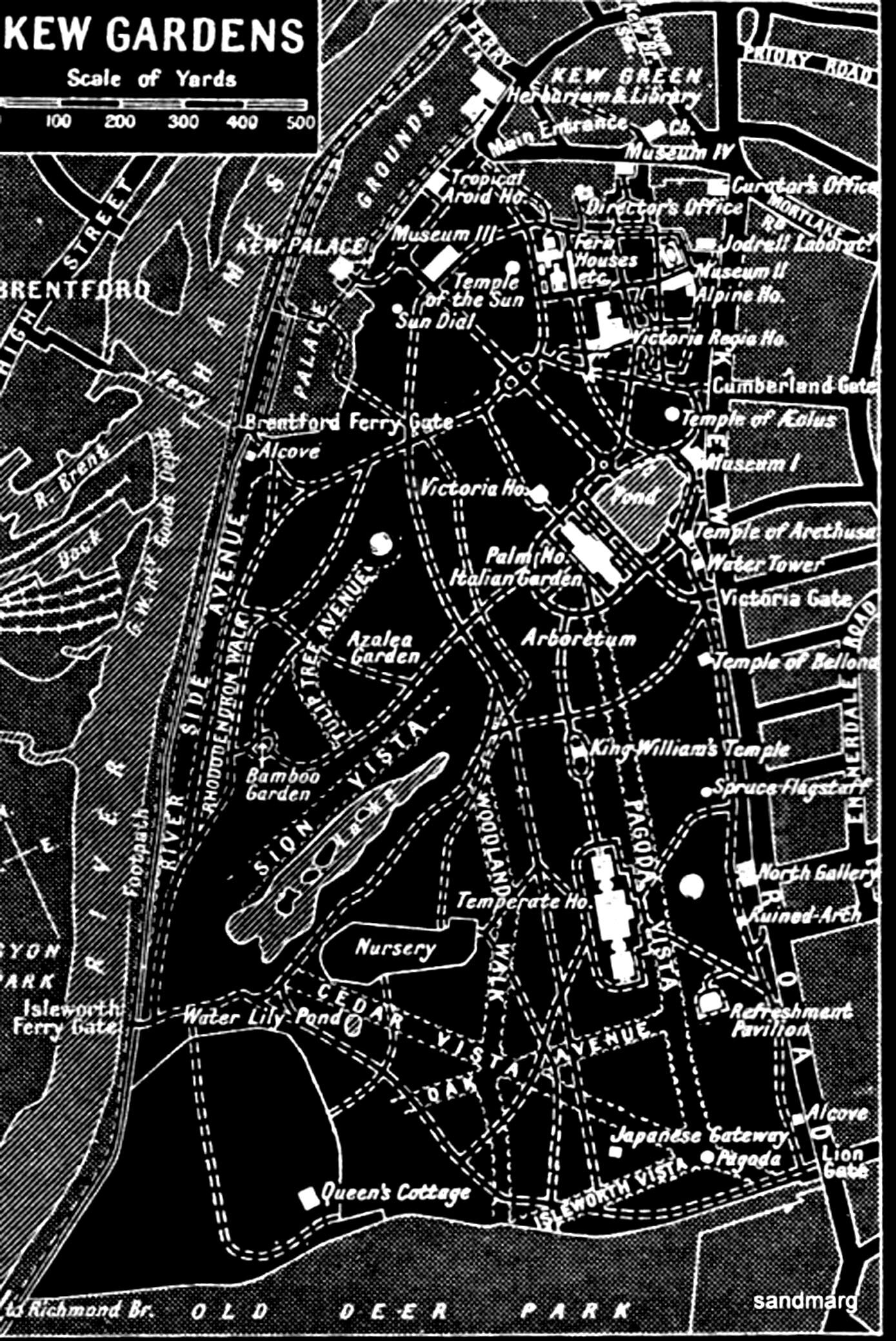
The ghost of Roger Casement is beating on the door
Dimensions variable
Wall projection, vinyl map, photographs and botanic labels
2017
The work consisted of an action and an installation with the documentation of the “hack” to the exhibition space of the botanic garden. Using the same visual language, made by the company who works for them, in order to alter the museum’s (racial, moral and nationalist) discourse. I re-inserted previously “erased” uncomfortable-unmentioned-queer-non-white-actors of the United Kingdom’s colonial history in the Amazon at the beginning of the twentieth century. While “colonising the space”. Huitoto, Bora, Nonuya, Miraña, Myokuna, Matapi, Andoque, Omagua, Ocaina and Muinane: almost unpronounceable aboriginal sounds/languages/subjects/objects for English speakers, that disrupt and become present in the form of/in between plant latin-taxonomic names.
The install was referencing the movement and violent exploitation of species (plant, animal-human-not-yet-human), and one of the first cases of bio-piracy. The rubber-trees’ seeds were smuggled and taken to Kew Gardens to grow. Subsequently, moved to South East Asia to start a systematic production of rubber-latex. Roger Casement (Irish diplomat), after being knighted for his humanitarian labour in favour of the indigenous tribes -who were being enslaved and murdered, was executed for treason to the crown.
Today, scientists at Kew are still extracting value from these specimens -analysing profitable DNA-code information from the collection of bio-material obtained from past colonial-scientific-expeditions.
>Install photographs by Liz Calvi. Taxonomic image from Kew Gardens Herbarium.